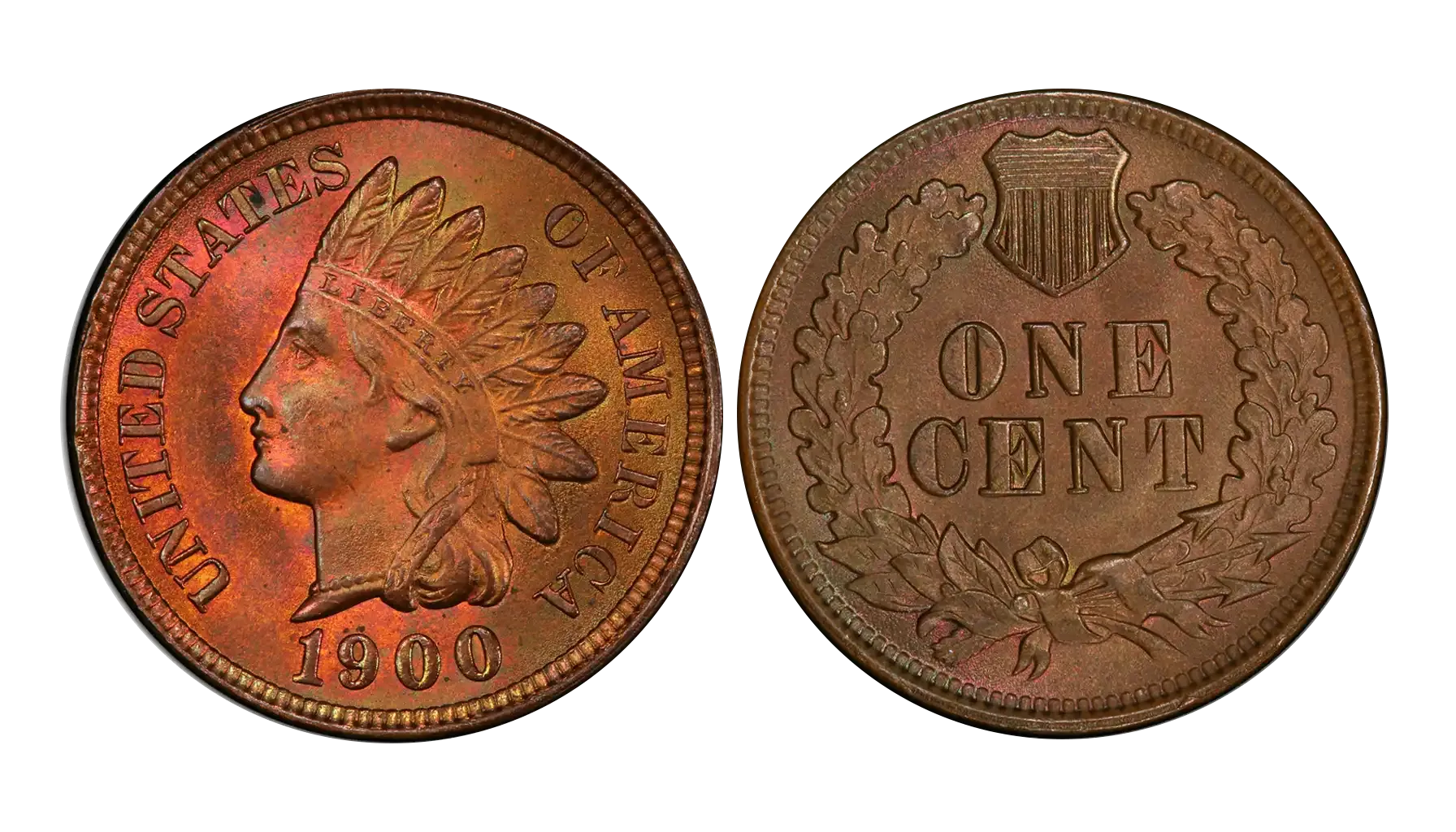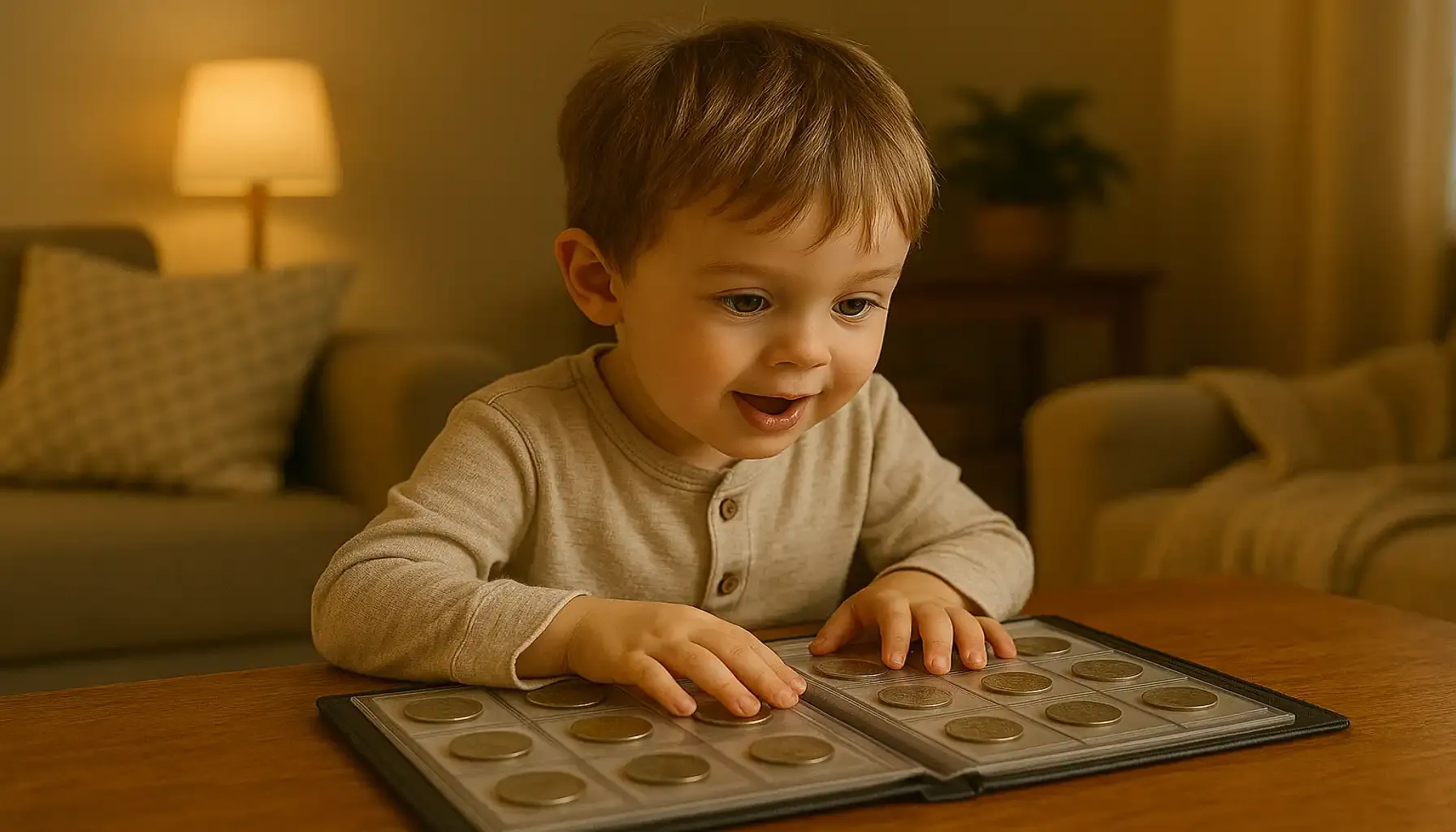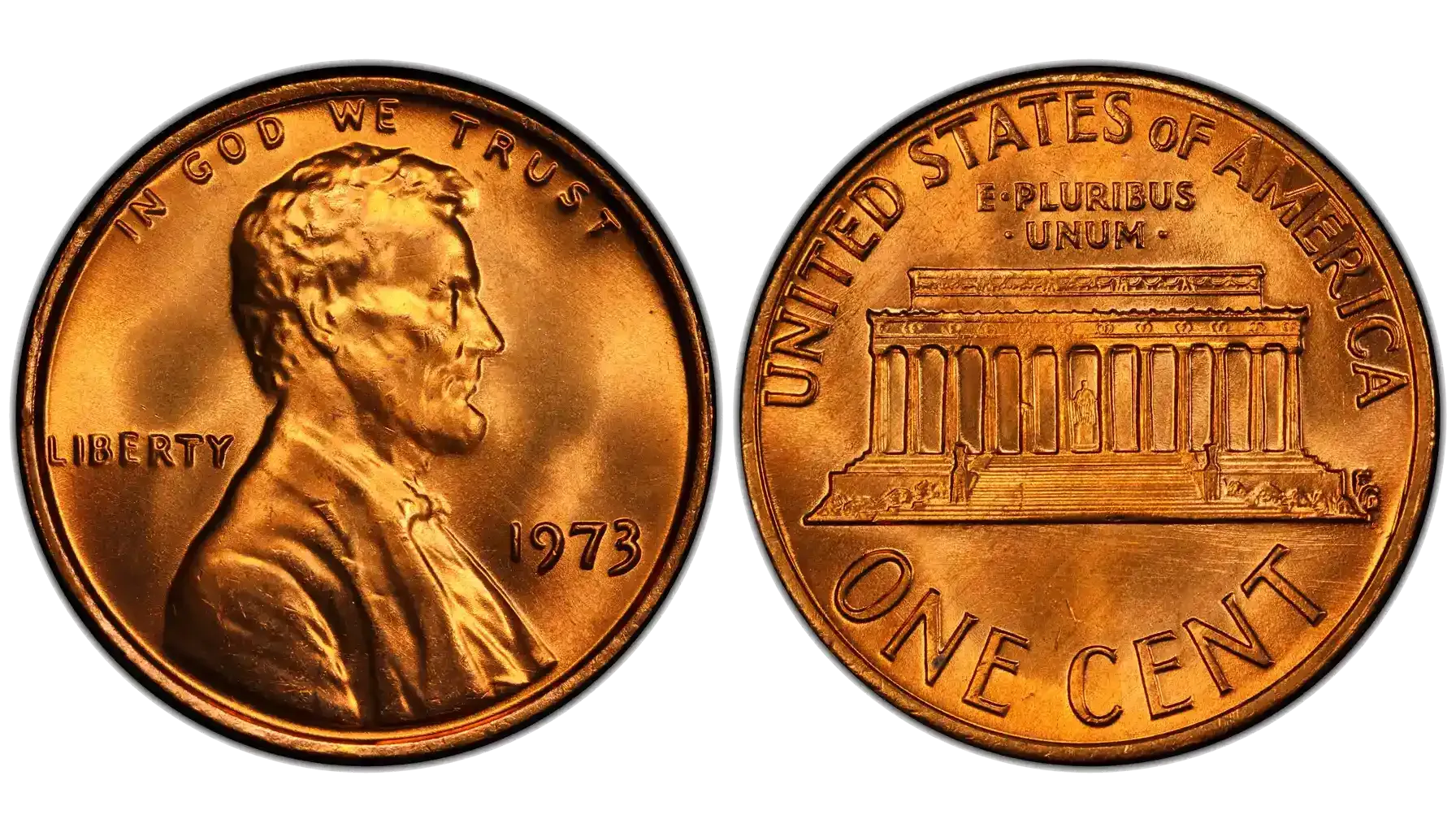Contents:
Today, we're diving into a truly special coin – the penny from 1901. Yes, it might seem commonplace, but trust us, there's a lot more to it than meets the eye! If you are unsure what you have, an online coin identifier will come in handy.
In this article, we'll delve into the history of that year, explore the rare varieties that seasoned collectors are always hunting for, and, of course, discuss the collectible value of these tiny pieces of history.
You'll learn how to identify valuable specimens – because sometimes, a subtle detail can dramatically alter the price. And, if you're wondering: how much is a 1901 penny worth, you've come to the right place! We'll uncover the factors that determine its worth. Plus, we'll even consider 1901 Indian Head penny error examples, and how those errors can make these coins even more desirable.
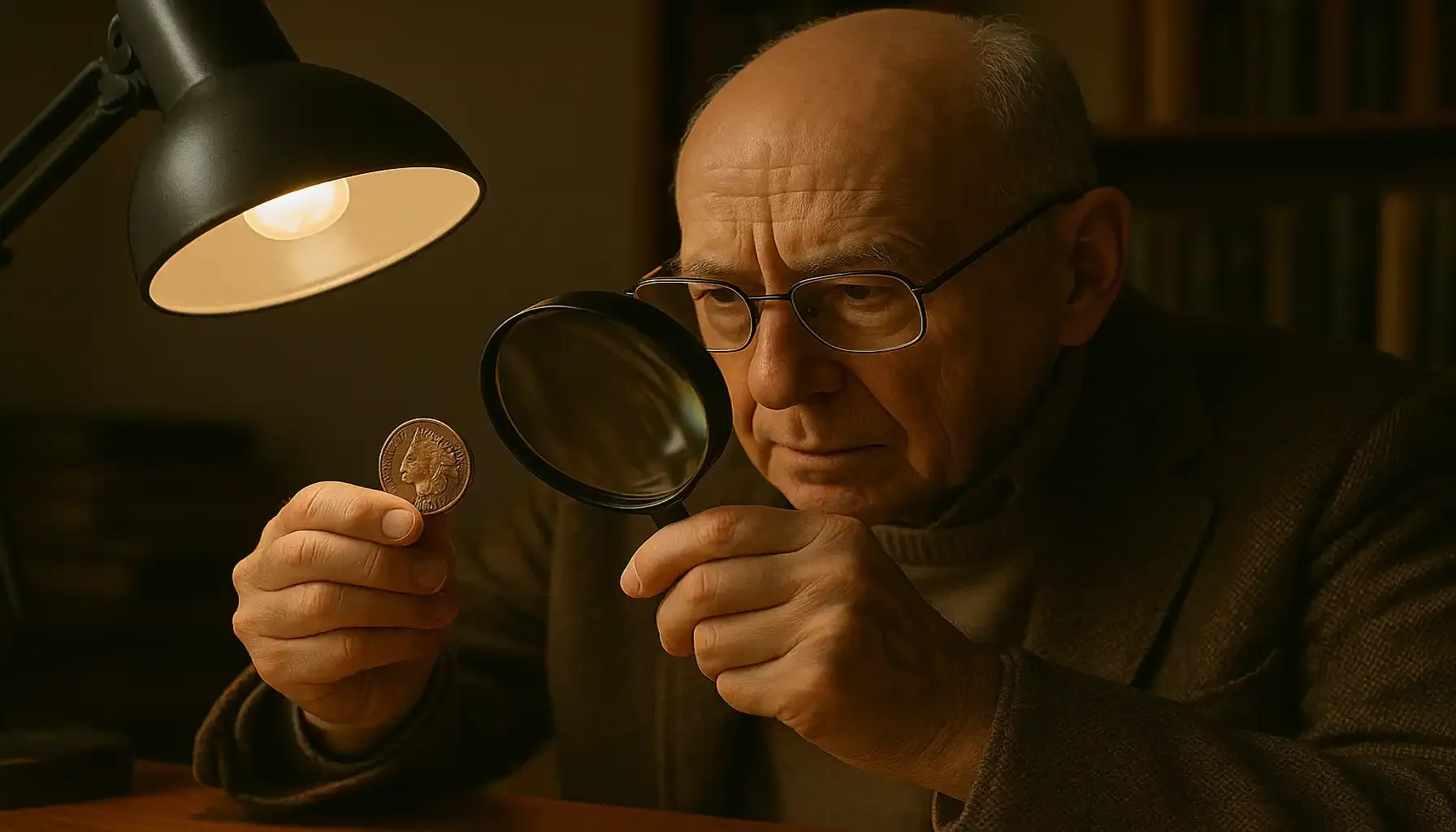
A Piece of History
In the late 1850s, the existing Flying Eagle cent was facing problems with production and popularity. A new design was needed to revitalize American coinage.
James B. Longacre, the Chief Engraver, created the Indian Head design, aiming to capture the essence of America. It wasn't just about aesthetics; it was about creating a coin that resonated with the public. He is also the creator of the design of the 1857 Flying Eagle coin.
The Design Elements: The design featured Liberty wearing a Native American headdress, symbolizing American identity.
Circulation
Initial Release and Early Variations | The Indian Head cent debuted in 1859. The reverse design changed in 1860 from a laurel wreath to an oak wreath with a shield, offering interesting collecting opportunities. This affects what the 1901 one cent coin value may be worth if you have an early year instead of later ones |
The Minting Process | Steam-powered presses were used to mint millions of coins annually, ensuring consistency and availability. The mass production also affected the Indian Head penny 1901 value. |
Key Dates and Mint Marks | Certain years and mint marks are rarer than others, influencing their collectibility. |
Economic Significance
Purchasing | In the early 1900s, a penny had significant purchasing power, representing a tangible value, especially for working-class families. But, just for the record, 1901 5 cent coin value isn't what this article is about. |
Transactions | The 1901 Indian Head cent played a crucial role in everyday commerce, facilitating small transactions and contributing to the overall economy. |
Value | Understanding the 1901 penny value today requires considering the coin's condition, rarity, and market demand within the historical context of the era. |
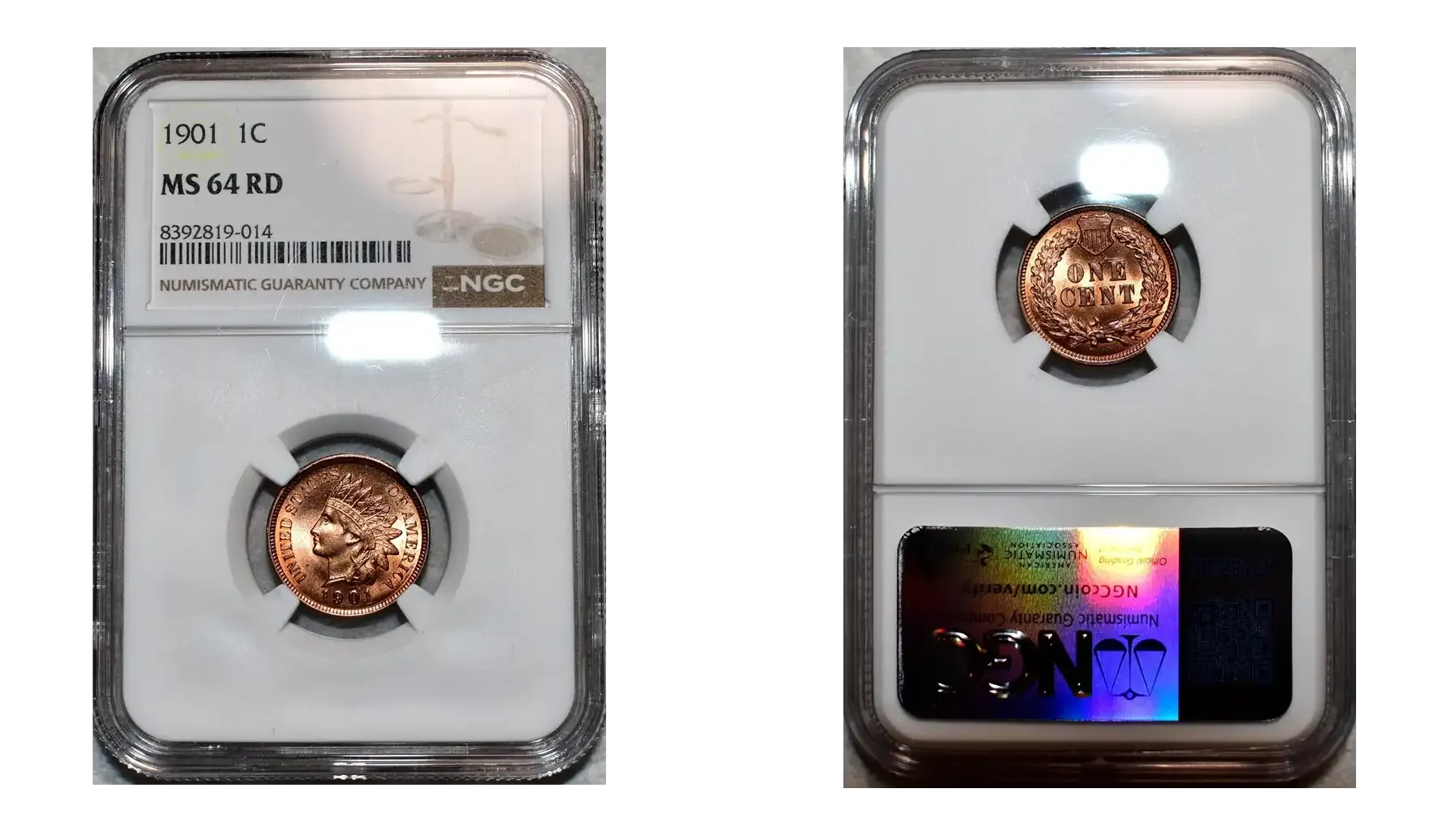
There's no such thing as a 1901 Wheat Penny. The Wheat Penny replaced the Indian Head cent in 1909.
Factors like condition (graded by services like NGC or PCGS), rarity, mint marks, and any errors or varieties greatly influence the 1901 wheat penny value... Oh wait.
The Indian Head Penny is more than just a coin; it's a piece of American history, offering a window into the past and a reminder of a bygone era.
Different Types
The Standard Bearer | When we talk about the 1901 Indian penny, 99.9% of the time, we're referring to the Indian Head Penny. This is the coin that was actually in circulation in 1901. It's made of bronze and features the iconic Liberty head wearing a Native American headdress. |
Wheat Penny 1901 | The Wheat Penny design didn't debut until 1909. So, if someone tries to sell you a 1901 Wheat Penny, politely but firmly tell them they're mistaken. |
Design and Era | The Indian Head Penny represents the late 19th and early 20th centuries, while the Wheat Penny signifies a shift towards a more modern American aesthetic. They're separated by nearly a decade |
Rarity
The most common 1901 Indian Head Pennies were minted in Philadelphia and do not have a mint mark. This coin is the most common one, but its condition still affects its 1901 penny coin value.
Like any mass-produced item, errors can occur during the minting process. These errors, such as double dies, off-center strikes, or planchet defects, can significantly increase a coin's value. Some of those errors are also reasons for what makes a 1901 Indian Head penny rare.
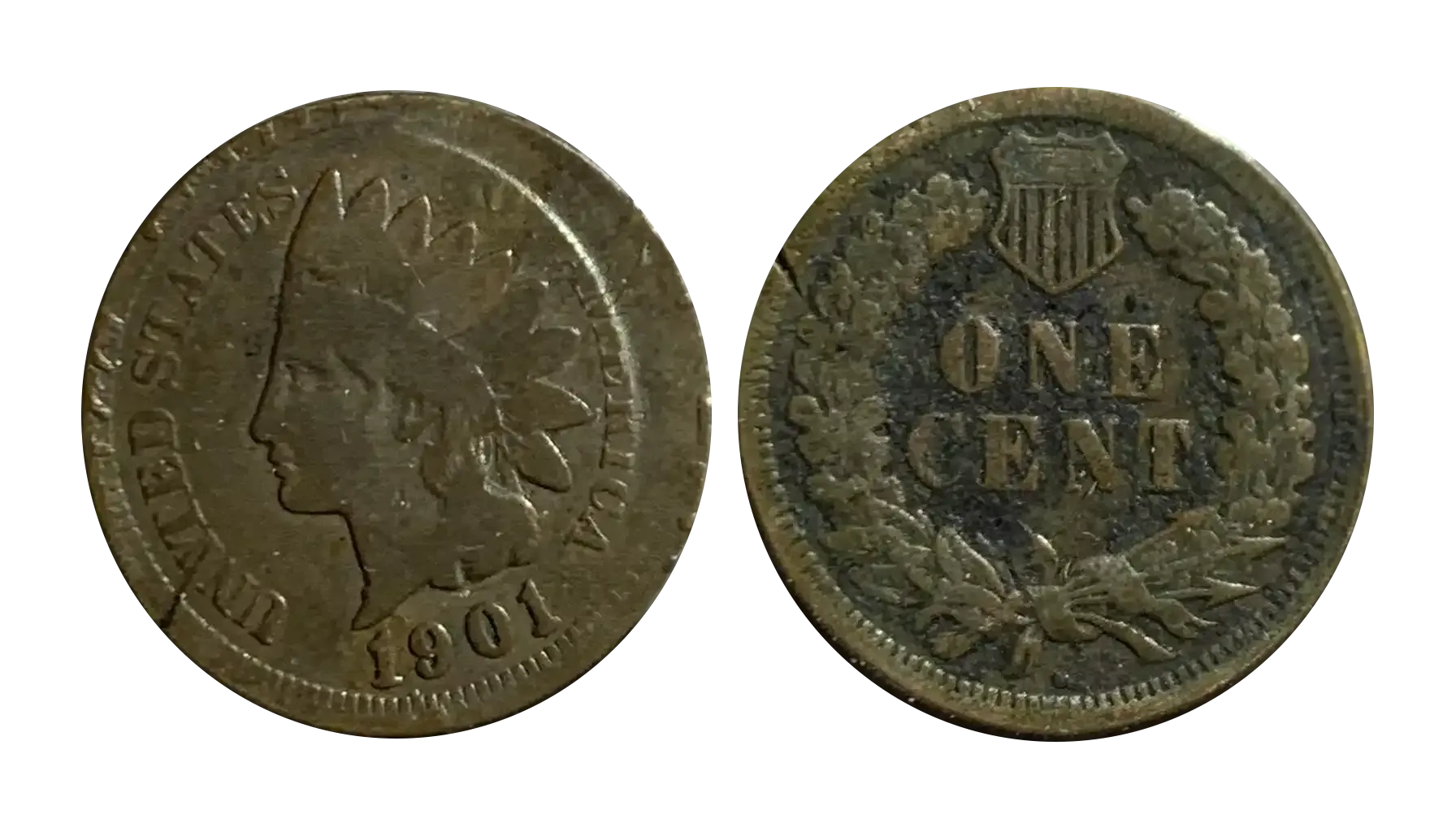
What Makes It Stand Out
History | The 1901 Indian Head Penny connects us to a specific moment in American history – a time of industrial growth, westward expansion, and significant social change. |
No Mint Mark | Collectors love the 1901 Indian Head penny no mint mark because it's the most common coin, and its condition can determine its value. |
Error | The presence of a noticeable error can transform an otherwise common 1901 Indian Head Penny into a highly sought-after collectible. People are always asking what is a 1901 Indian Head penny worth with errors, hoping they've struck gold. |
Rarity, Grading, and Eye Appeal | Ultimately, the value of a 1901 penny comes down to a combination of factors: its rarity, its condition, and its overall "eye appeal". That's how much is a 1901 Indian Head penny worth today, in a nutshell. |
Subjective Value | The intrinsic value of a coin is hard to measure, so it's subjective and depends on the person. The question of what is a 1901 penny worth is better understood when a person is connected to the coin's rich history. |
Assessing Condition
Poor | PO-1 | Barely identifiable; most details are worn away. The date might be visible, but little else. |
Fair | FR-2 | Worn but identifiable; some major features are visible, but many details are gone. |
Good | G-4 | Design is visible, but significant wear exists. Major features are outlined, but details are flat. |
Very Good | VG-8 | Design is clearer, with more details visible, but still considerable wear. |
Fine | F-12 | Moderate wear; significant details are present, but some flatness remains. |
Very Fine | VF-20 | Light to moderate wear; most details are clear and sharp. |
Extremely Fine | EF-40/45 | Light wear on the highest points; most details are sharp. |
About Uncirculated | AU-50/55 | Very little wear, mostly on the high points; almost all details are sharp. |
Uncirculated | MS-60 to MS-70 | No wear; original mint luster is present. MS-70 is a perfect coin, while MS-60 has some minor imperfections. |
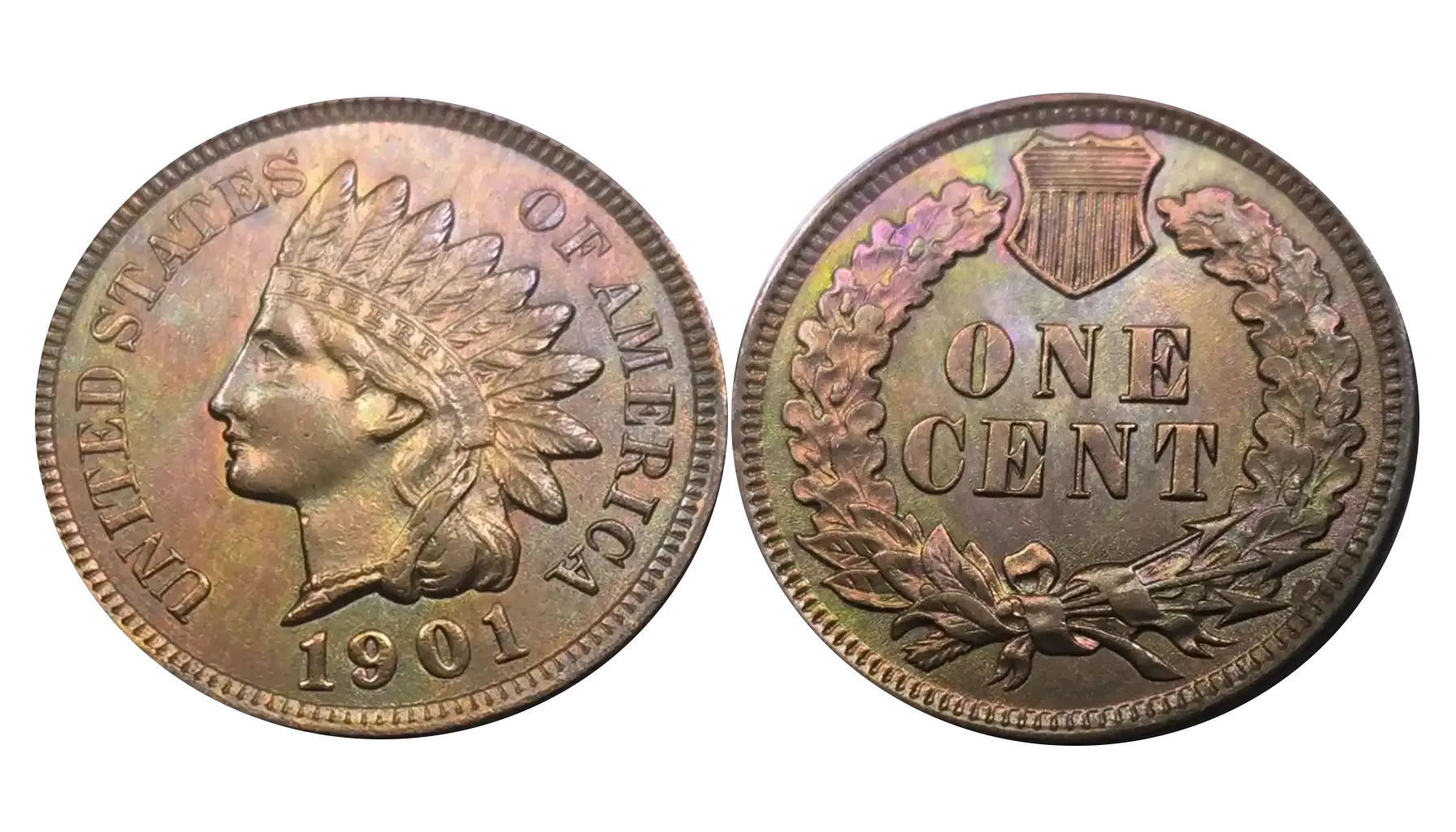
Details
Are the letters in "LIBERTY" on Liberty's headdress clear and distinct, or are they worn down?
Look at the details in the feathers of the headdress, the wreath on the reverse, and the sharpness of the date.
Examine Liberty's cheek, the highest point of the headdress, and the wheat ears (on later dates – remember, no 1901 Indian Head wheat penny value since it doesn't exist) for wear.
Wear on these areas is a good indicator of overall condition.
Look for scratches, nicks, or other damage.
Also, be wary of cleaned coins, as cleaning coins at home can remove the original mint luster and reduce the value.
Cleaning often leaves behind hairlines or an unnatural shine.
Is It Worth It?
If you genuinely suspect your 1901 penny is in exceptional condition and you've carefully researched market prices, then sending it to PCGS or NGC for grading might be worthwhile.
The grading fee will eat into any profit if it's a lower grade, and also factor in that a penny will never be worth $1 million.
A graded example will typically sell for more than an ungraded one of similar apparent condition, but only if the grading fee is less than the price difference.
The 1901 Indian Head penny value goes up when graded professionally.
You can also estimate the cost using free coin ID applications.
What Else To Look For?
Eye Appeal: This is a subjective factor, but it matters. A coin with strong luster, attractive toning (natural color changes over time), and no major distractions (scratches, spots) will generally be more desirable.
Authentication: Sadly, counterfeits exist. Familiarize yourself with the details of the legitimate 1901 penny to spot fakes. Look for inconsistencies in the design, metal composition, and weight. If something feels "off," it probably is.
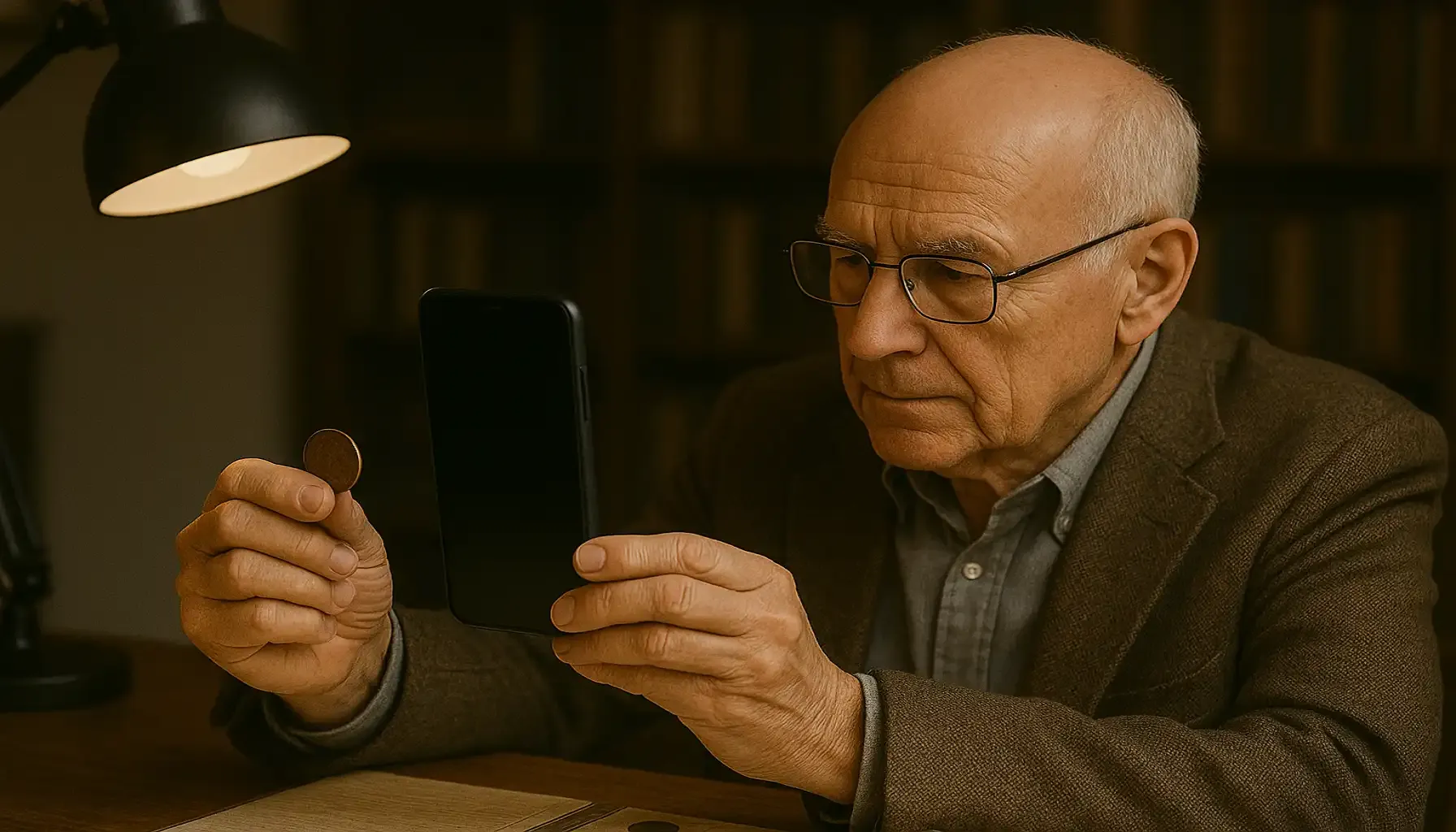
Short Checklist for Success
Identify the type of penny.
Carefully assess the condition, using grading guides as a reference.
Check for mint marks (or the absence of one).
Inspect for any unusual design elements, varieties, or errors.
Consider the overall eye appeal.
How much is a penny from 1901 worth depends on all the above.

